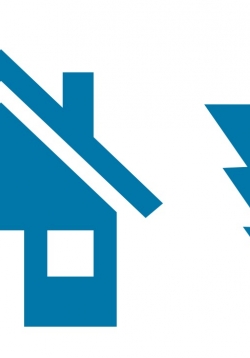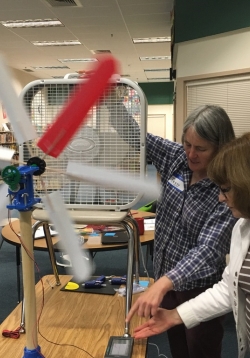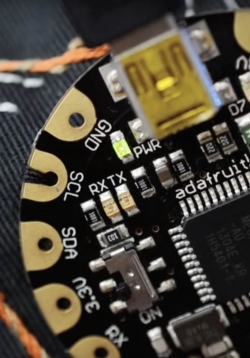50 Year Energy Plan - Unit Plan
Throughout this creative, hands-on Unit, students are challenged to scale up every Disciplinary Core Idea and Science & Engineering Practice they’ve learned - from simple electricity generation, to building their own stereo speakers and DIY electric...
How Do We Evaluate Energy Sources?
Building on student’s understanding of energy production methods developed over previous lessons, Lesson 5 asks the class to identify and measure trade-offs between environmental impacts – human needs – and practical costs of different power generation...
What is Our Plan?
With all the pieces in place, this Unit’s final lesson asks students to code a spreadsheet that calculates and mathematically predicts the environmental impacts of different energy sources and strategies over a 50 year timespan. Divided into five...
Unit Plan: A Community Powered by Renewable Energy
In this three-part comprehensive place-based and project-based unit, students will learn and apply rebnewable energy content to devise action plans at an individual, family, and local level. Students will use primary and secondary research explore energy...
Part 1- Lesson 3: Home Energy Audit
During this lesson, students will focus on where energy is used within their homes, how energy consumption is calculated, and how energy consumption can be reduced. Students will conduct a home energy audit and determine multiple ways to reduce energy...
Part 2 - Lesson 2: Wind Energy
Students will learn about wind and how wind varies across geographies. Students will use Vernier Wind Turbine kits or homemade wind turbines to experiment with blade angles and wind speed. During experimentation, students will collect data as blade angles...
Part 2 - Lesson 3: Solar Energy
Students will work with local government staff or another local energy professional to propose a way to create enough solar power energy to supply the annual energy needs for a real building. Students will be provided with on-site options, and will...
Part 3 – Lesson 1: A Plan for Renewable Energy Goals
Students will utilize their home energy audits from Part 1, the information they gathered from the wind and solar assessments in Part 2, and the knowledge they gained from the solar project in Part 2 to devise a plan for your city or town to meet renewable...
Cost Effective Solar Cells Unit Plan
Through a series of solar panel and solar cell construction activities, students will learn the basic principles of energy conversion from light energy to chemical & electrical energy. Students will assemble and test pre-constructed solar panels to...
Illuminate Me: Merging Conductive Sewing, Technology, and Solar Power
Light up your clothing using solar power! For this unit, students will attach thin, flexible solar modules to a bike helmet and recharge NiMH rechargeable batteries for a renewable energy battery pack. The rechargeable batteries will be used to light up...






